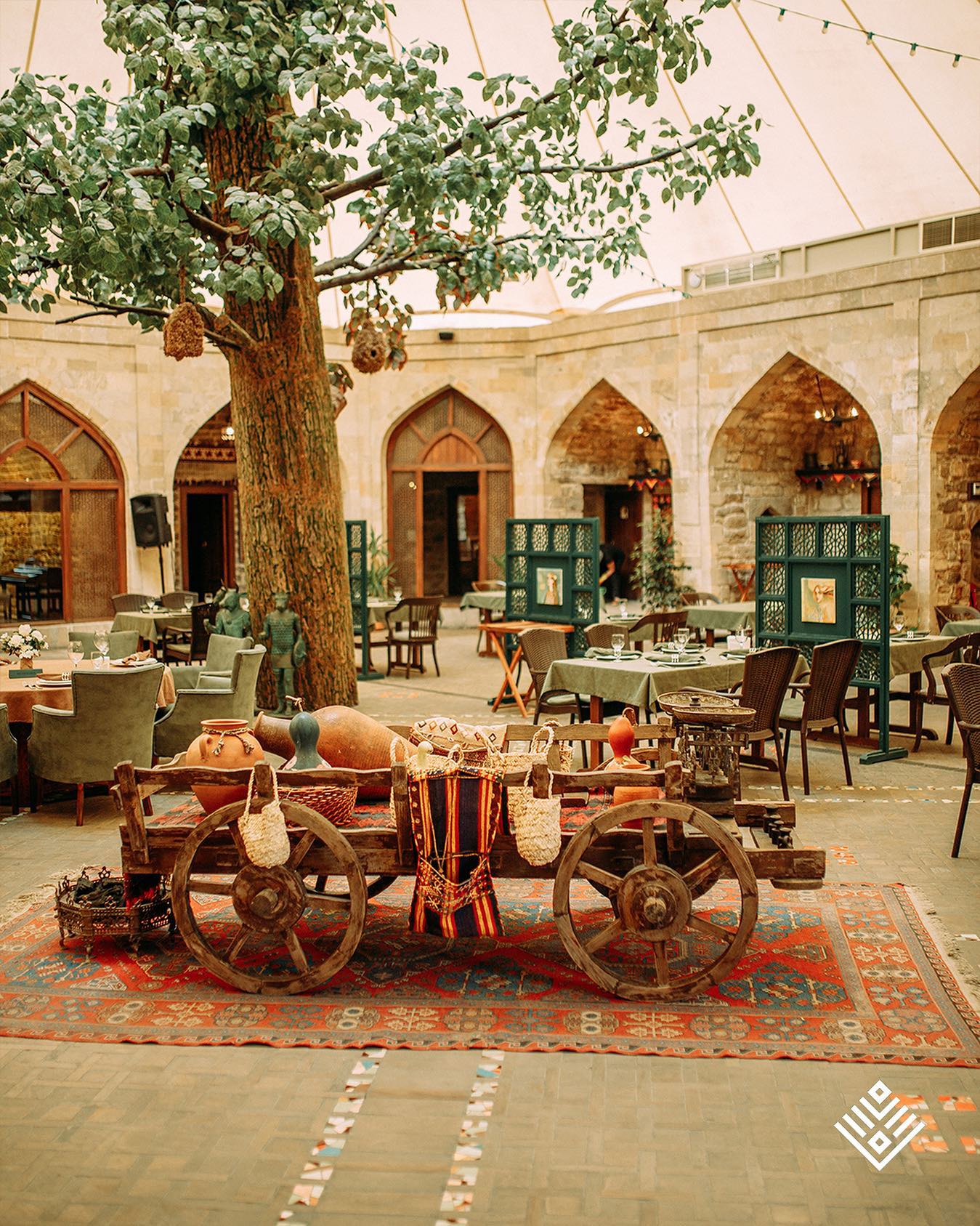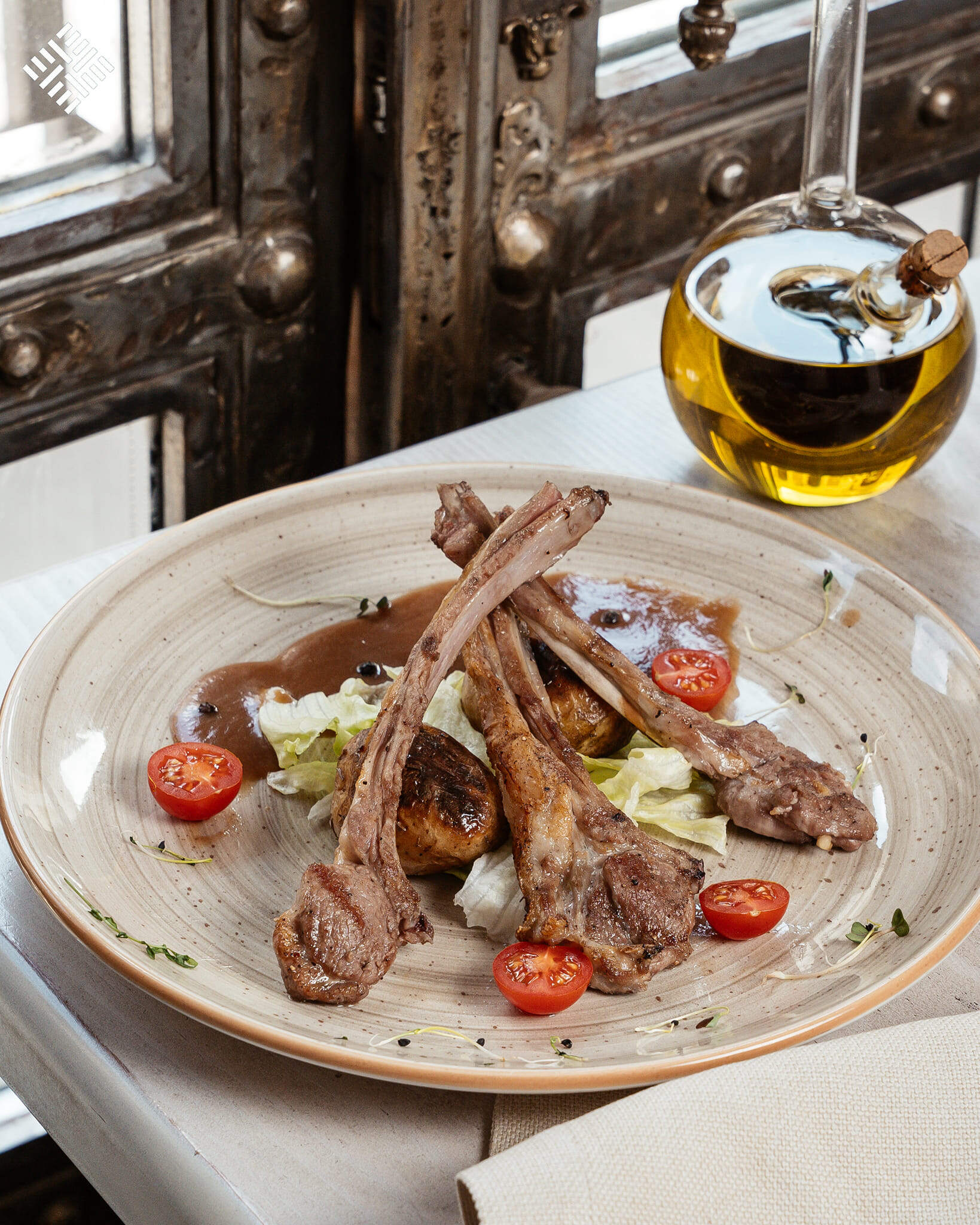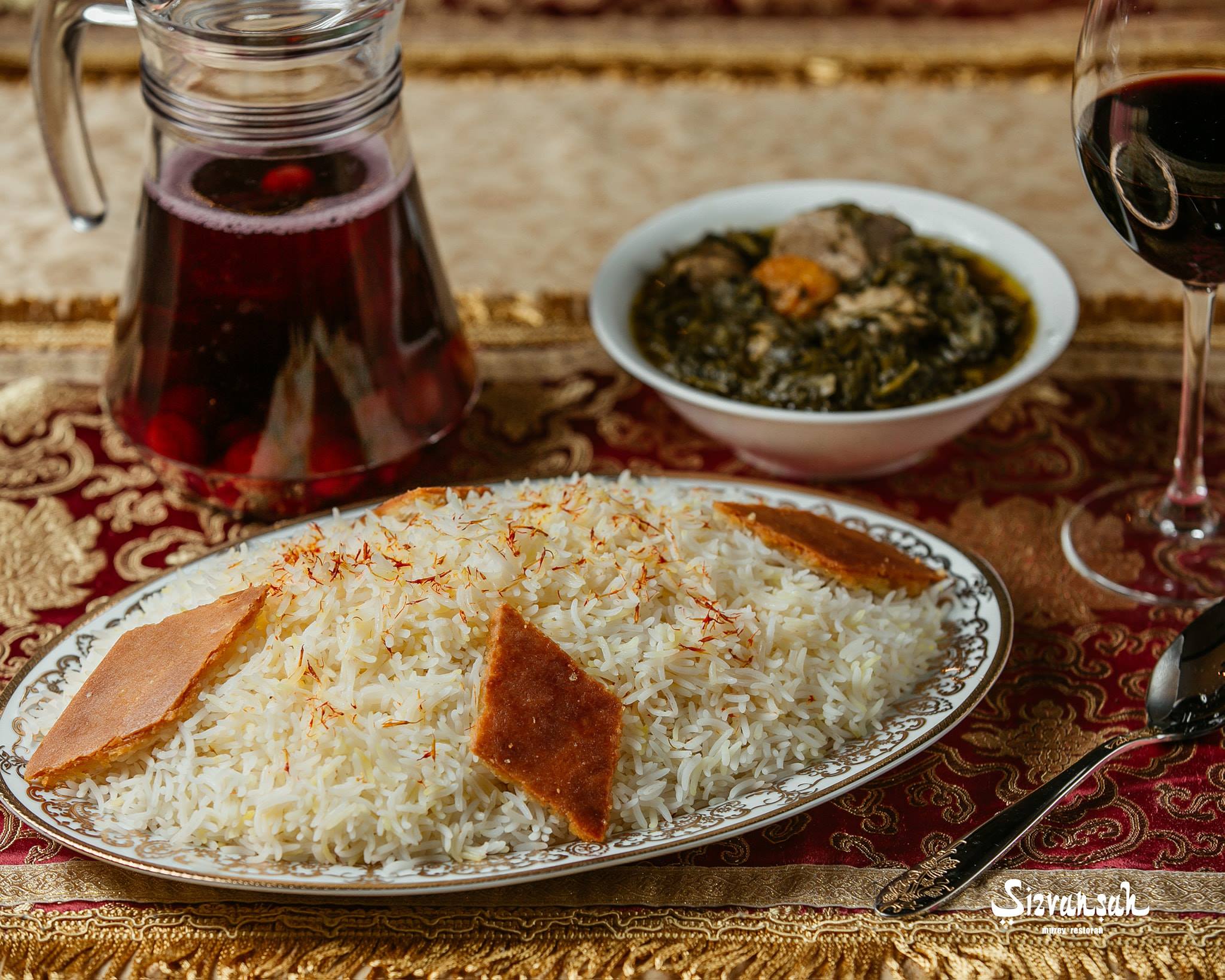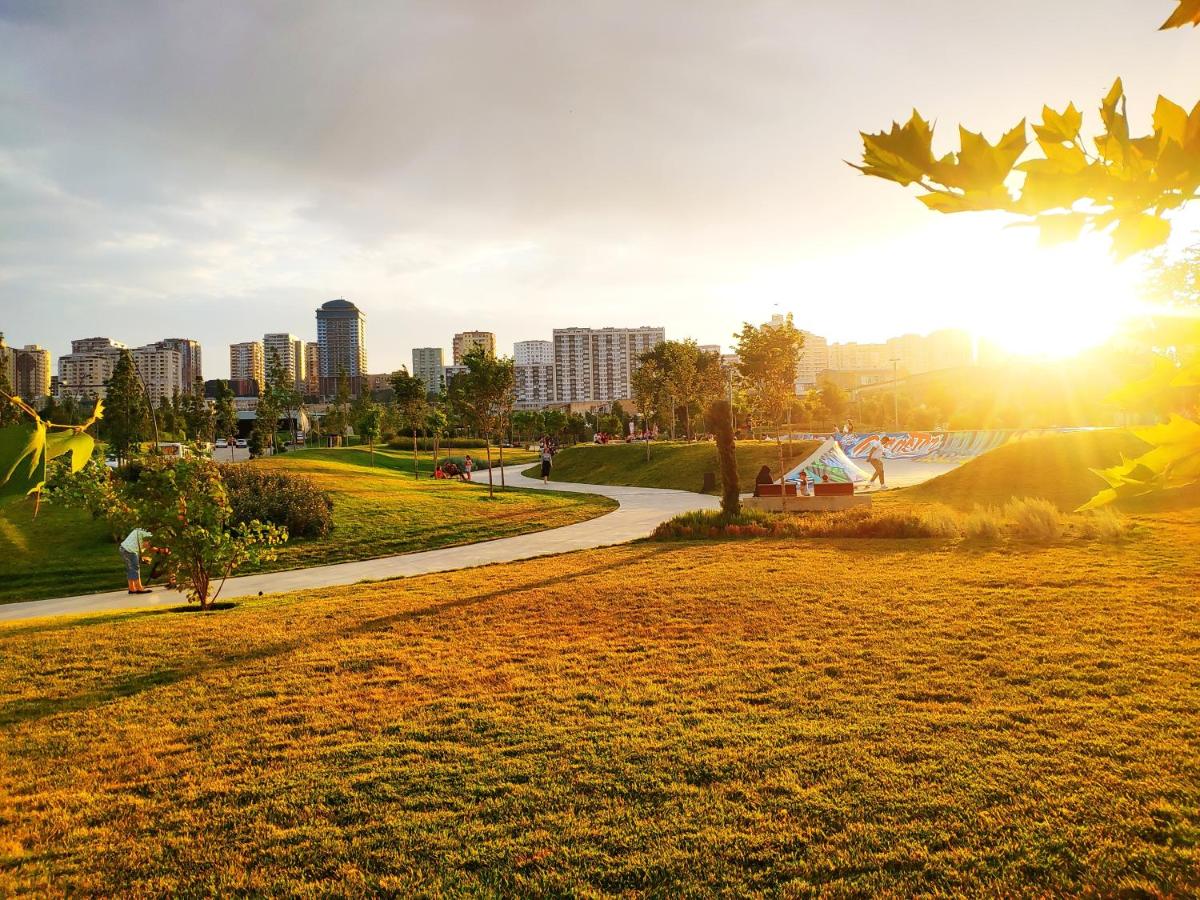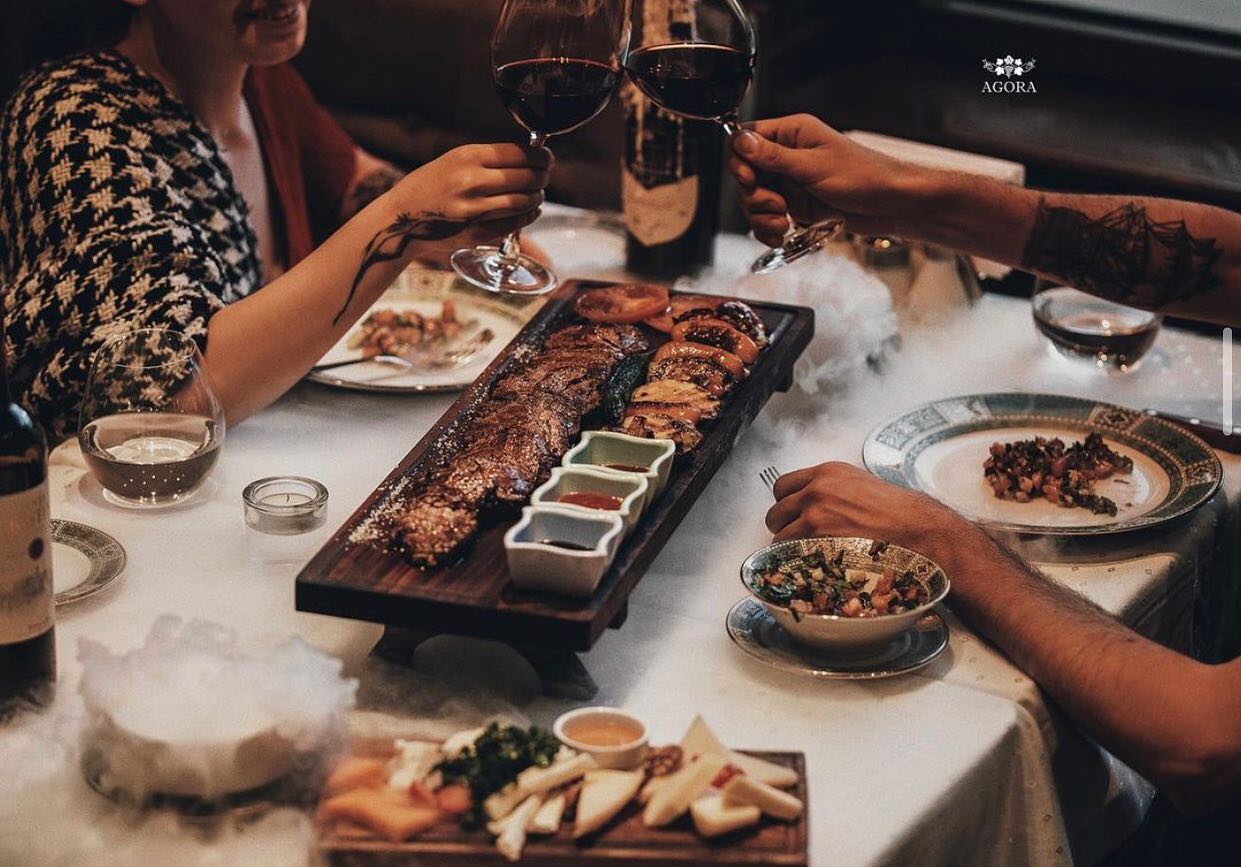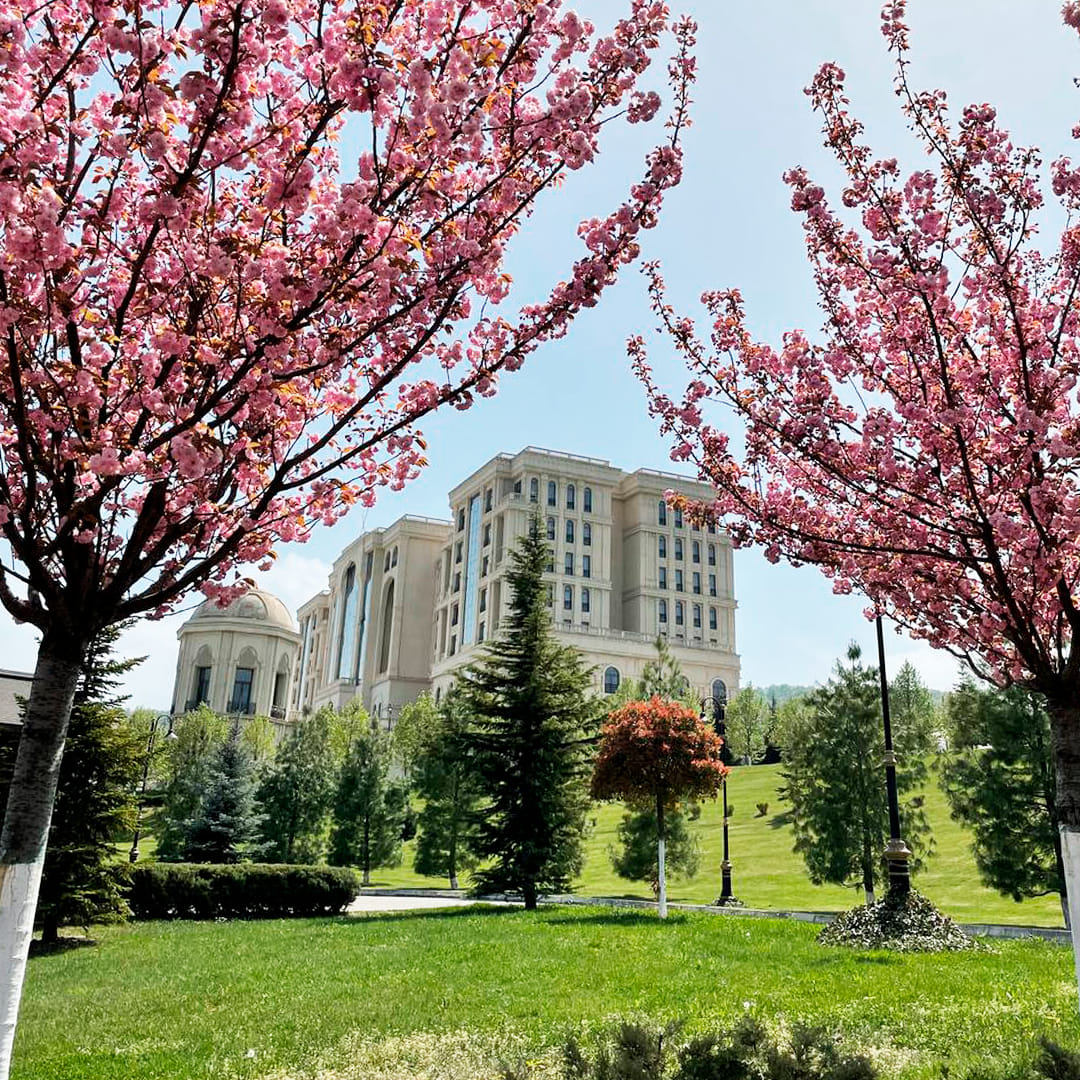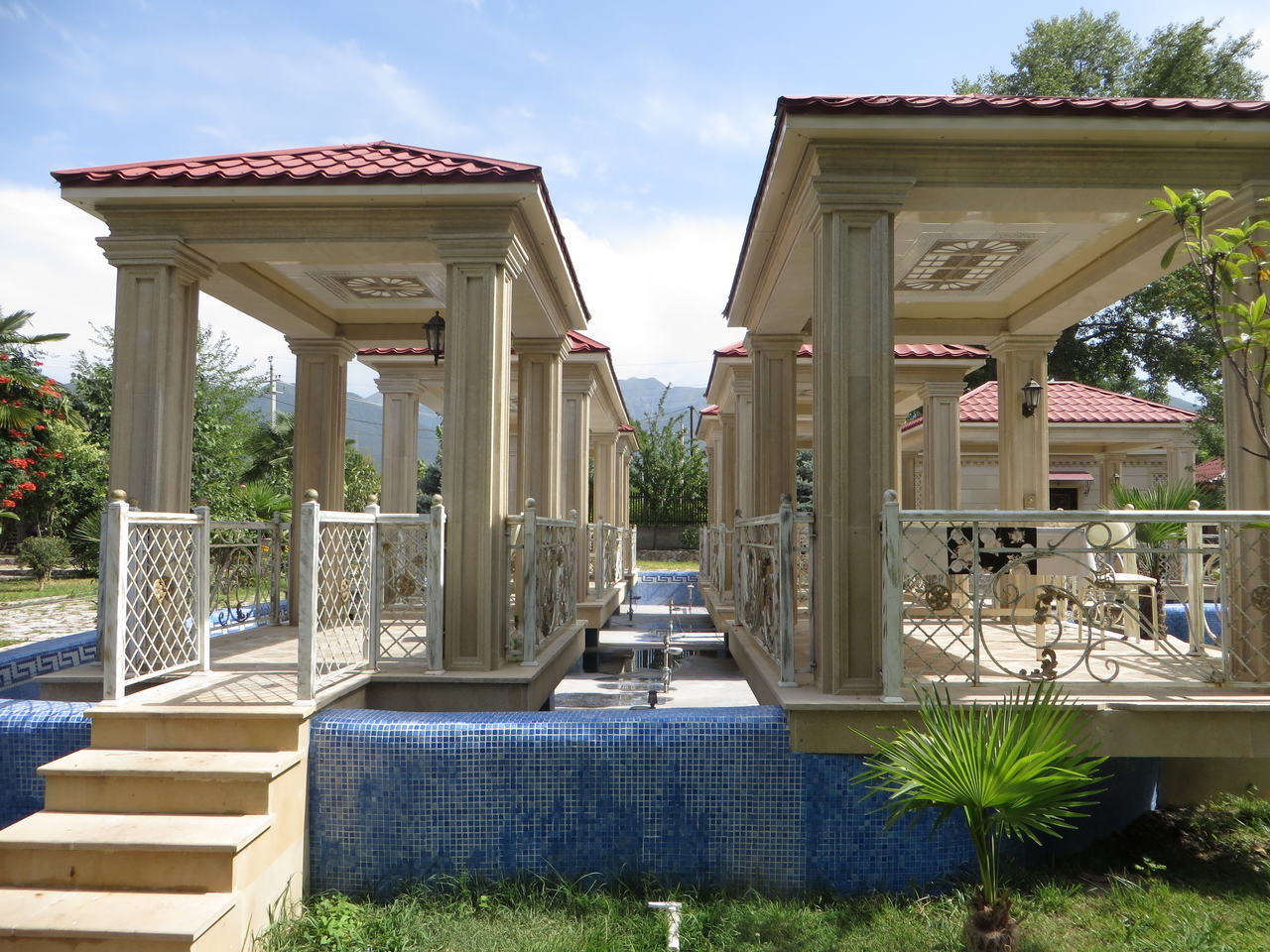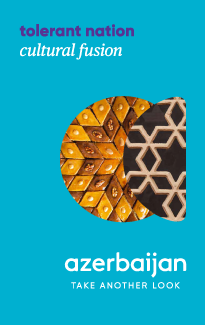Art Garden is a place where you can enjoy Azerbaijani cuisine and art. It is located in the heart of Baku – Icheri Sheher, in “Kichik Karvansaray” of the XII century.A destination full of history, where you may find spiritual as well as physical nourishment. Here you can taste a wide range of national dishes, oriental sweets, samovar tea, and fragrant hookah. The caravanserai’s courtyard, which seats up to 200 people, hosts live national music in the evenings.
Archives: Directory listings
Directory listings
Art Club Restaurant
State of the art venue in the heart of Baku’s Old City to impress with traditional Azerbaijani hospitality.
Shirvanshakh Museum Restaurant
Shirvanshah” museum – restaurant located in one of the oldest streets of our old Baku! Each guest who comes to this old place that belongs to the second part of the XIX century will have opportunity to taste rich and delicious dishes of different regions of Azerbaijan. In “Shirvanshah” restaurant that is considered to be one of the very rare museum-restaurant of our capital you will enjoy national and ethnic music in performance of our well-known musicians and mugam masters, look at art works created in different years by Azerbaijani artists, get acquainted with patterns of copper-smith, carpet art, jeweler’s art prepared by our masters, home things and jewelry, at the same time other national art patterns. Each guest will have opportunity to get sufficient information of Azerbaijan way of life, culture and art that was 100 years ago.
Sehirli tendir
Both modern and traditional Azerbaijani meals are served at Sehirli Tendir. Our delectable dishes are prepared with high-quality ingredients for every guest to enjoy, and we provide excellent service and friendly personnel.
Grand Hotel Baku
The hotel is in Baku’s city center, a 10-minute walk from the Old City. Warm-colored decor and oriental décor are featured in the large, air-conditioned rooms. A flat-screen TV, a minibar, and a private bathroom with bathrobes and a hairdryer are included in every modern room. The hotel’s restaurant provides international cuisine and has a breakfast buffet. The 24-hour bar serves a range of beverages, including local and imported wines.
Agora Club Restaurant
The AGORA Restaurant & Wine Club has been operating in Azerbaijan since 1992, and considers it an honour and privilege to provide its guests and customers with the best service and most delicious cuisine in Baku. The restaurant serves fresh Mediterranean food prepared with passion and served with love, and is waiting to welcome you.
Guba Palace Hotel
“Quba Palace” is a magnificent five-star hotel in Quba, one of Azerbaijan’s most attractive regions. The hotel, which is already near to the magnificent nature, provides an outstanding atmosphere of relaxation, delivers a memorable experience, and promises wonderful entertainment. It is located among the mountains, surrounded by trees.
Qoshabulaq
Qoshabulaq is a restaurant, where you can enjoy national cuisine in the gazebo surrounded by trees and fountains.
Jewish heritage in Azerbaijan
Mabrouk
Mabrouk
Alexandre David and Alexis Memmi dreamed of opening a restaurant filled with their grandparent’s Tunisian food since their were children. They wanted to bring that style food back to Paris.
In 2019, Mabrouk was opened near Le Marais, an historic area of Jewish Paris, and serves Sephardic dishes with a modern French twist. The restaurant has received high reviews for their North African cuisine.

North African cuisine has become a trend in Paris, but this restaurant is unique due to its Kosher-style twist.
They serve pkaila (a Tunisian cholent) and a dish called the AbitBowl (a poke-style bowl which combines spicy meatballs, sesame cream, and caramelized onions).
While the restaurant has a French twist, serving a dairy free sabayon, they have remained true to their grandmother’s flavorful style of cooking. They even named a dish inspired and named for their grandmother: Boutargue Memmi (made of salted and cured fish roe).
The environment Alexandre David and Alexis Memmi created is one where everyone can call home. While the restaurant is kosher-style, the meat is both certified kosher and halal to accommodate to all customers who appreciate the Tunisian food.
